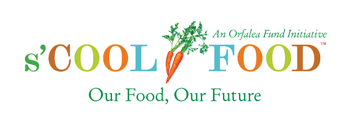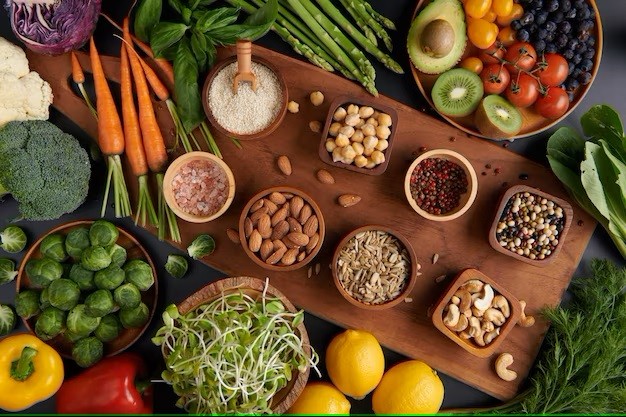Charter schools are known for their innovative approaches to education, but one area where many struggle is providing healthy and appealing school meals. As charter schools work to differentiate themselves and attract students, improving their food programs is becoming a significant focus—but it’s no easy task.
Unlike traditional public schools, charter schools often lack access to the same funding streams and infrastructure for school meal programs. This can make it difficult to provide fresh, healthy meals that meet nutrition guidelines while remaining cost-effective and appealing to students.
Limited Resources and Funding
One of the main challenges charter schools face is the limited funding available for school food programs. Many rely on external food service providers, which may prioritize convenience and cost over quality and nutrition. This can result in highly processed, pre-packaged meals that fail to meet the dietary needs of students or align with the school’s broader mission of fostering health and well-being.
Without the larger budgets and economies of scale that public school districts enjoy, charter schools must often get creative with their food service options. This means seeking out partnerships with local farms, applying for grants, or even involving parents and the community to provide healthier food options. But even with these efforts, securing a consistent supply of nutritious meals at an affordable price remains a significant hurdle.
Attracting and Retaining Students
For many charter schools, the quality of their meal program can be a deciding factor for parents and students when choosing a school. With the growing emphasis on health and wellness, parents are increasingly looking for schools that offer healthy meal options. Schools with strong food programs can stand out in a competitive education landscape, attracting families who prioritize nutrition and healthy lifestyles.
Offering healthy meals is also linked to student success. Studies have shown that students who eat well-balanced meals are more likely to perform better academically, have better attendance, and exhibit improved behavior in the classroom. Charter schools that recognize this connection are working to integrate better food options as a way to support overall student success.
Innovative Solutions and Partnerships
Despite the challenges, some charter schools are finding creative ways to overcome these barriers. Many are partnering with local farms or community organizations to bring fresh produce into their cafeterias. Others have implemented school garden programs, allowing students to grow their own fruits and vegetables, which can be incorporated into the meal program.
Additionally, some charter schools have started working with chefs and nutritionists to design menus that are both healthy and appealing to students. By focusing on scratch-cooked meals and eliminating processed foods, these schools are able to offer higher-quality options that align with students’ tastes and nutritional needs.
The Path Forward
While the struggle to provide healthy school food remains a challenge for many charter schools, there are promising signs of progress. As more schools embrace creative partnerships and focus on the importance of nutrition, they are finding ways to improve their food programs and, in turn, attract more students. By continuing to prioritize healthy meals, charter schools can foster better academic outcomes and overall well-being for their students.
With innovation and community support, charter schools can pave the way for more accessible, healthy food options for students, proving that nutritious meals are an integral part of a well-rounded education.

